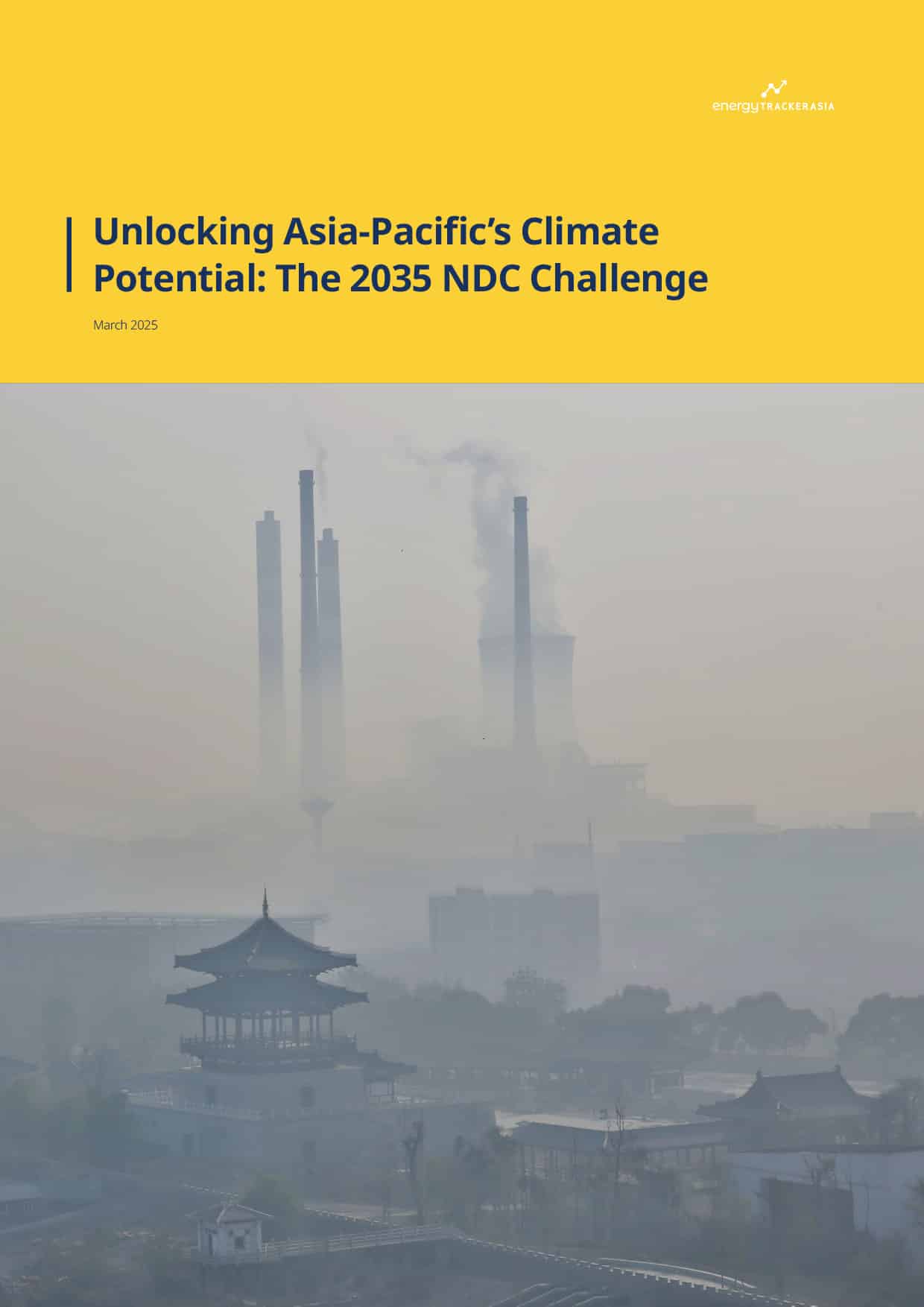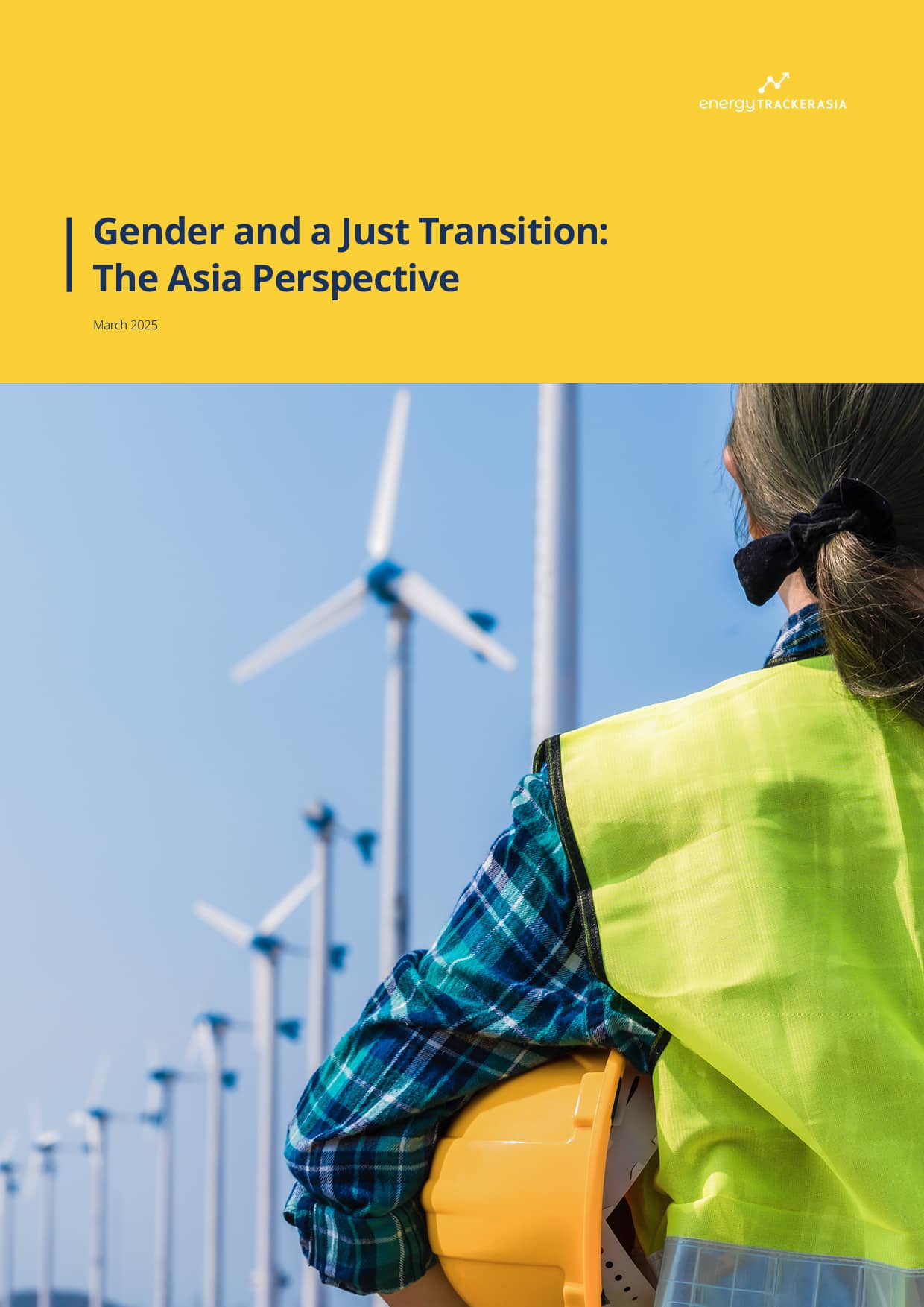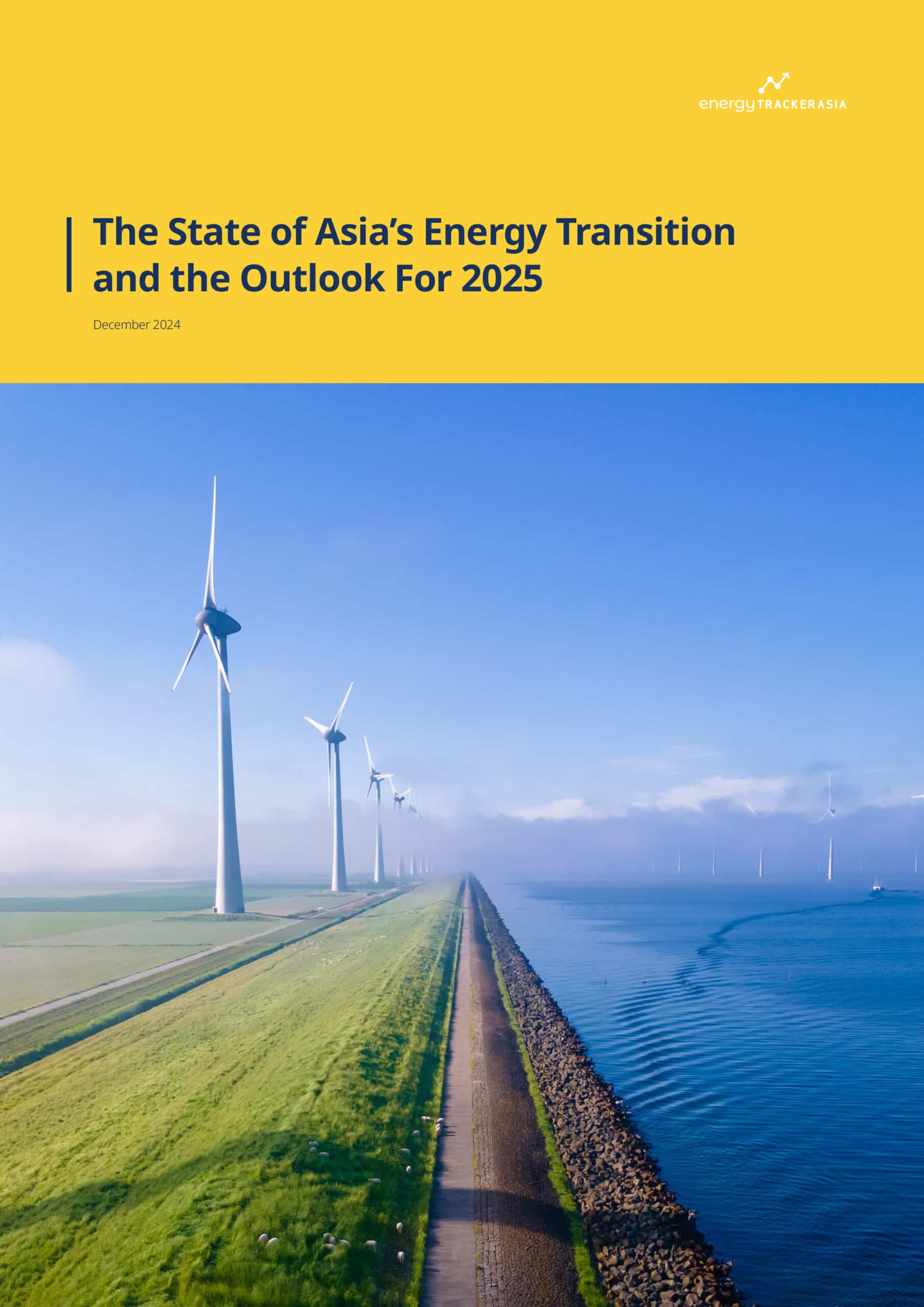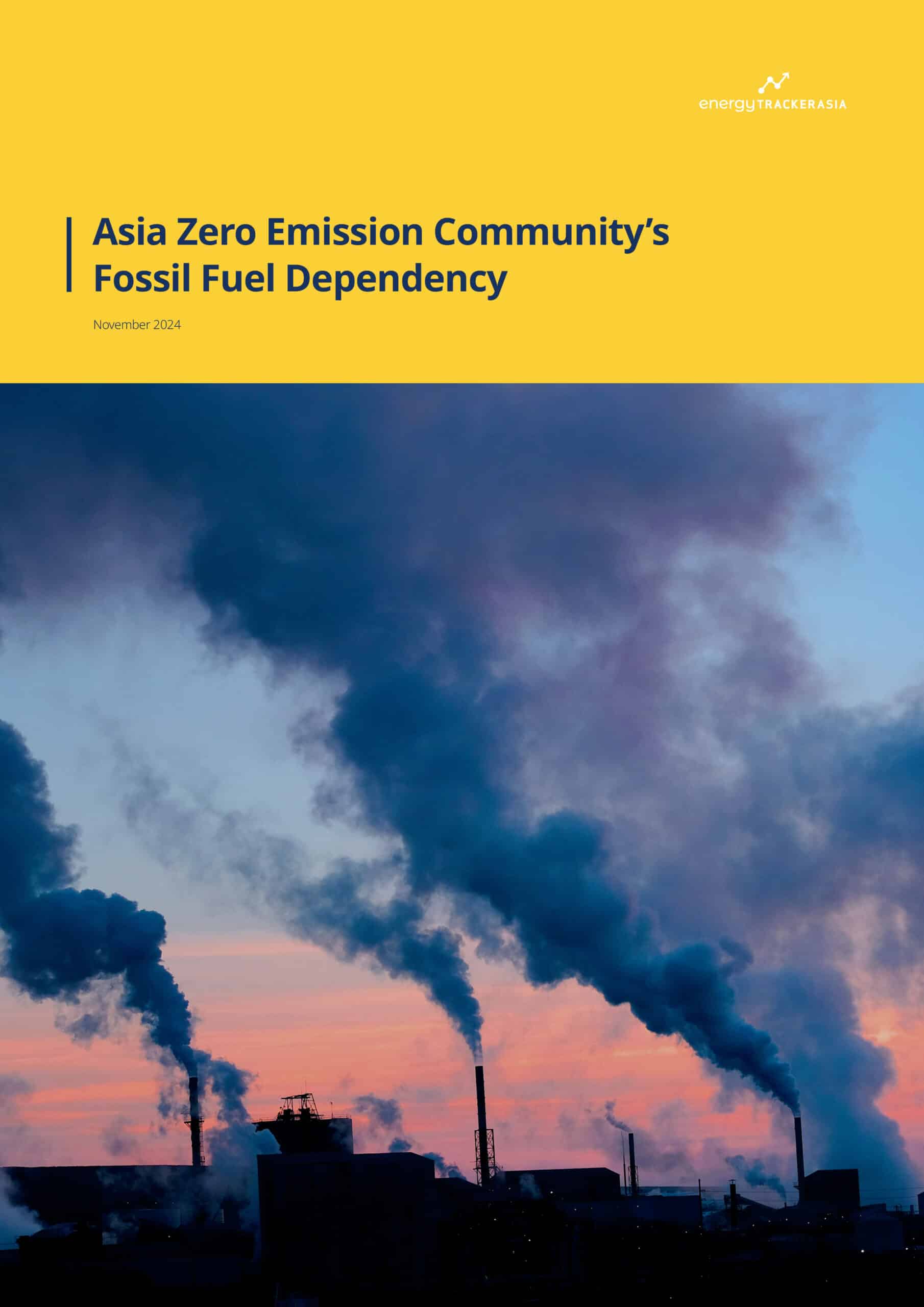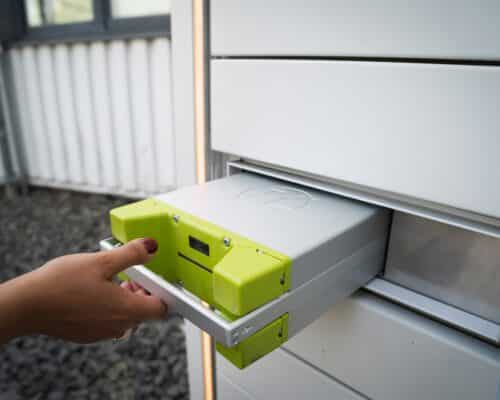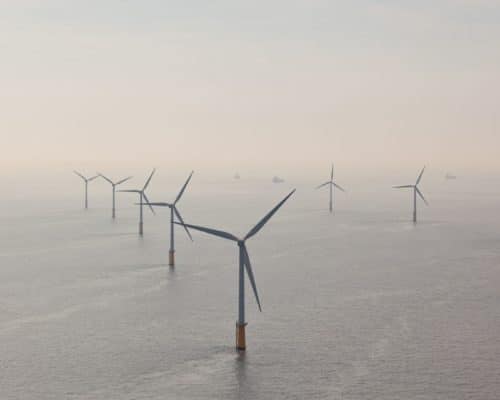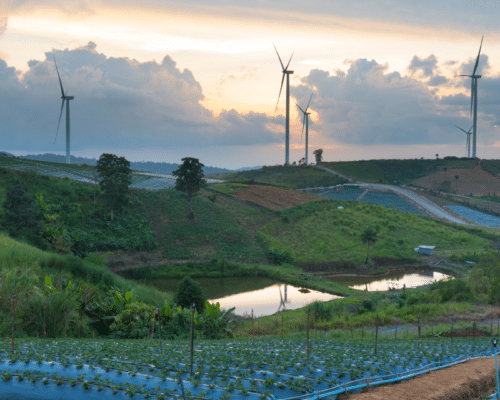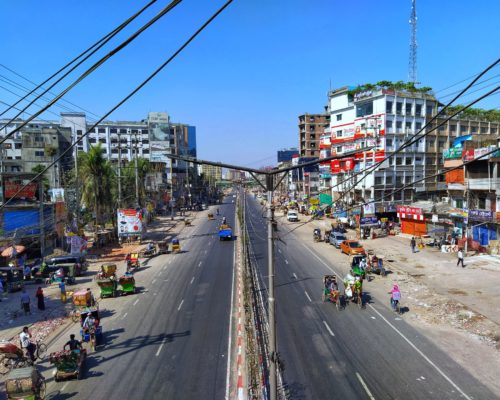How Does Solar Energy Work: A Guide
Source: Inside Climate News
27 March 2025 – by Eric Koons
How does solar energy work? In a world where energy demand continues to rise, solar power presents an increasingly attractive path toward energy security and sustainability. The International Energy Association (IEA) projects that solar and wind energy will account for 95% of the renewable energy growth until 2028, surpassing coal as the largest global source of electricity.
What Is Solar Energy and How Does It Work?
Solar energy comes from the sun’s radiant light and heat, which can be captured to produce electricity. The two primary methods currently used are:
- Photovoltaic (PV) systems, which convert sunlight directly into electricity using semiconductor materials.
- Concentrated solar power (CSP), which employs mirrors or lenses to concentrate sunlight onto a receiver that contains a high-temperature fluid. The fluid heats the water, which creates steam that spins a turbine to create electricity.
The primary appeal of solar power lies in its simplicity, as the sun offers an inexhaustible and regularly accessible energy source. In places with high solar irradiance, solar energy systems can be an incredibly effective way to produce clean energy and meet growing electricity demands. As a result, solar energy is now the world’s fastest-growing source of electricity and accounts for over 10% of the electricity generation in 34 countries.
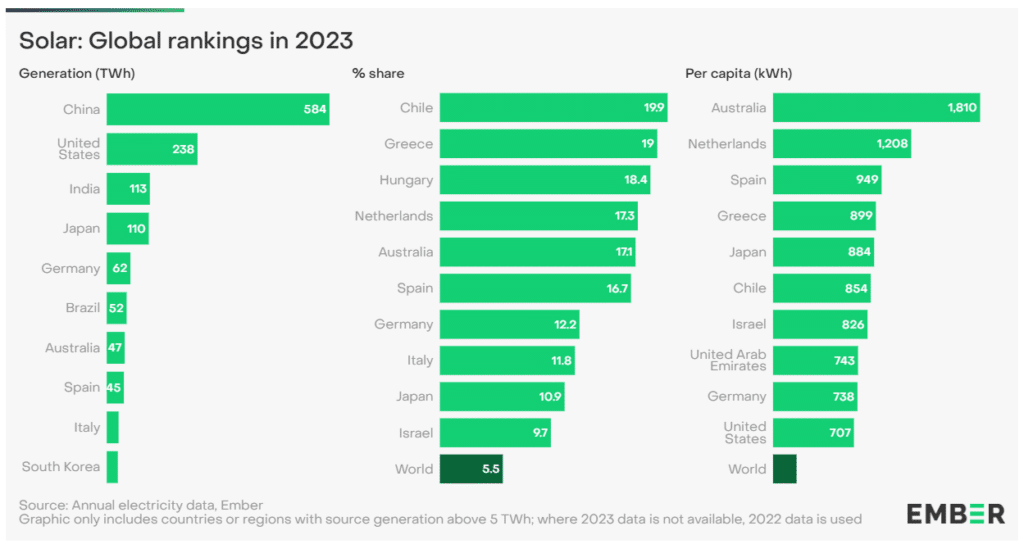
How Is Solar Energy Converted into Electricity?
CSP remains relatively straightforward, using the same basic principles as most fossil fuel power plants. Heat is used to spin a turbine, which generates electricity.
How Solar Panels Generate Electricity?
PV is slightly more complicated. When sunlight hits a solar panel, the energy from the sun’s photons excites electrons in a semiconductor material, most commonly silicon. As the electrons move, they create a direct current (DC) of electricity. This DC power then flows through an inverter, transforming into alternating current (AC) used in the power grid.
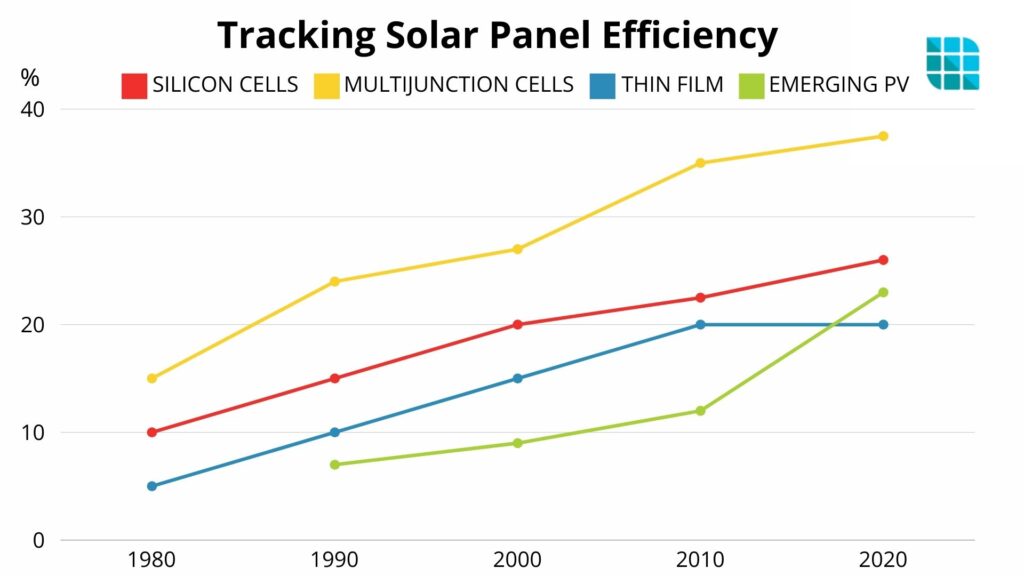
Efficiency levels of modern solar panels have improved significantly over the past decade. In the early 2000s, average commercial PV efficiencies hovered around 11%. Thanks to ongoing research and development, many commercially available panels now exceed 20% efficiency, with panels in a laboratory setting topping 40%. This rapid increase reflects better manufacturing processes and high performing materials.
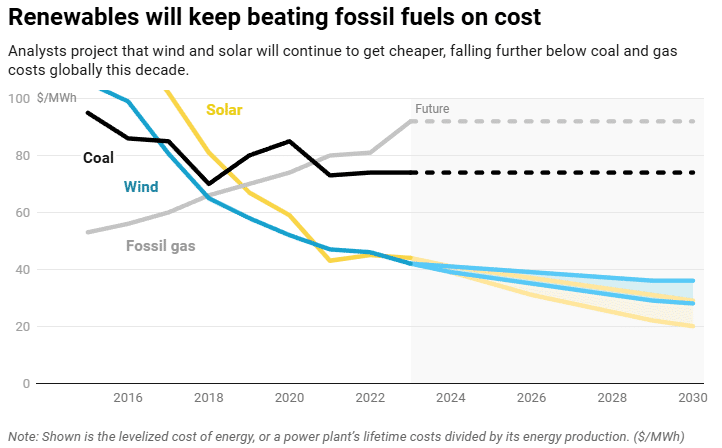
Furthermore, the cost per watt of solar electricity has dropped dramatically, turning what was once a niche technology into a mainstream solution that is cheaper than fossil fuel energy in many regions. Government agencies, such as those in parts of North America and the European Union, offer incentives to accelerate this trend, including tax credits, rebates and net metering programs that reward system owners for the solar electricity they feed back into the grid.
Solar Energy Step By Step
From Sunlight to the Grid
A typical solar PV system consists of the following components:
- Solar panels: Installed on rooftops, on the ground or floating, these collect sunlight and generate DC electricity.
- Mounting systems: These securely attach the panels, ensuring they are the optimal angle to capture maximum sunlight throughout the day and across different seasons.
- Inverters: These convert DC electricity into AC electricity, which is what most appliances, buildings and grids use.
- Monitoring systems: These provide real-time performance data, helping operators spot issues early and maintain optimal efficiency.
- Electricity grid connection: With grid-tied systems, electricity is fed into the public grid. This can be excess energy from a residential system or energy sold to the grid by a utility.
That’s how solar panels produce electricity. Large-scale solar installations, such as utility-scale solar farms, can reach hundreds of megawatts in capacity. Whether found in China’s desert regions or floating on a lake in Indonesia, these solar parks can supply electricity to tens or even hundreds of thousands of households. Smaller, decentralised systems, like rooftop installations, enable businesses and homeowners to generate their own power, often reducing energy costs and reliance on local utilities.
Maintenance and Life Cycle
Most solar panels last 30 years or more, with efficiency levels remaining high throughout that span. Typical maintenance involves:
- Regular cleaning: Dust, pollen, or leaves can accumulate on panels, reducing the amount of sunlight reaching the cells.
- System inspections: Ensuring wiring, inverters and mounting systems remain intact and in good working condition.
- Performance monitoring: Tracking daily output helps detect drops in efficiency early, allowing timely repairs or cleaning.
Panels generally experience minimal annual degradation of around 0.5%-1%. This ensures that even older systems continue to provide a substantial share of their initial energy output well into their third decade. At the end of their operational life, panels can be recycled to recover materials like silicon, glass and aluminum for reuse in new technologies.
The Future of Solar Power
So, how does solar energy work? In essence, solar power works by converting sunlight into electrical energy through the photovoltaic effect, with inverters ensuring that energy can be used in homes, industries and power grids. Beyond the scientific process, solar power’s rapid expansion is the result of economic, environmental and policy factors. Additionally, governments see solar as a key component of their strategies to cut carbon emissions and boost energy security. For businesses, solar represents a cost-competitive investment, offering potential savings on energy bills and a viable path toward corporate sustainability goals.
Although nations in Asia, most notably China, have led the way in large-scale solar adoption, this technology’s advantages are evident across the globe. From busy urban centres looking to reduce air pollution to remote rural areas seeking reliable, off-grid power solutions, solar energy can meet these diverse needs.
The combination of falling costs, improved efficiency and supportive policies suggests that solar’s upward trajectory will likely continue, with some estimates predicting that capacity will triple by 2033.
by Eric Koons
Eric is a passionate environmental advocate that believes renewable energy is a key piece in meeting the world’s growing energy demands. He received an environmental science degree from the University of California and has worked to promote environmentally and socially sustainable practices since. Eric’s expertise extends across the environmental field, yet he maintains a strong focus on renewable energy. His work has been featured by leading environmental organizations, such as World Resources Institute and Hitachi ABB Power Grids.
Read more